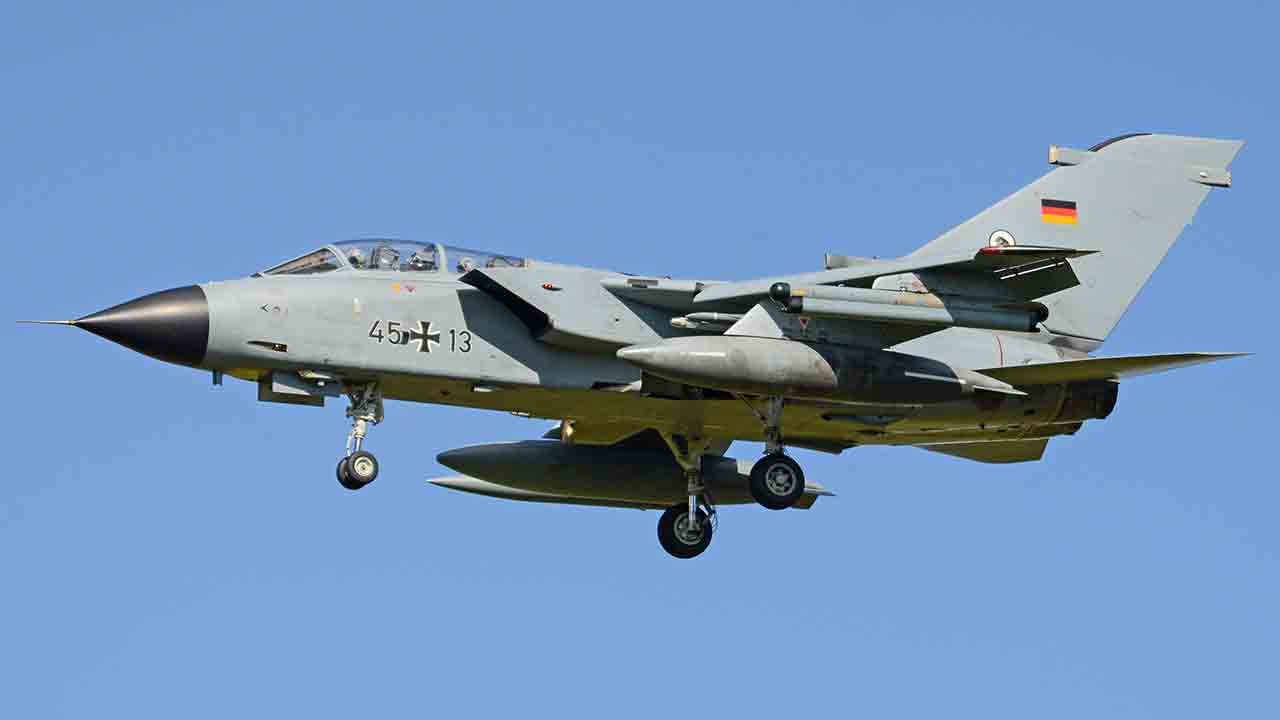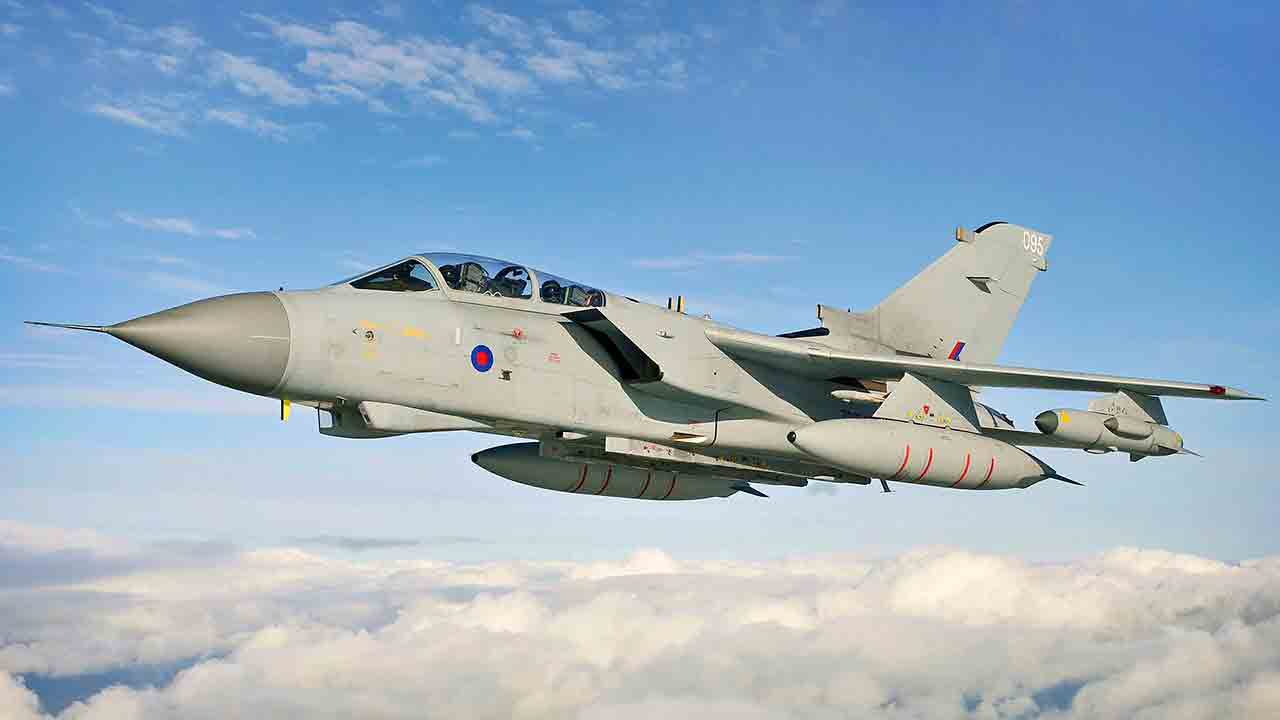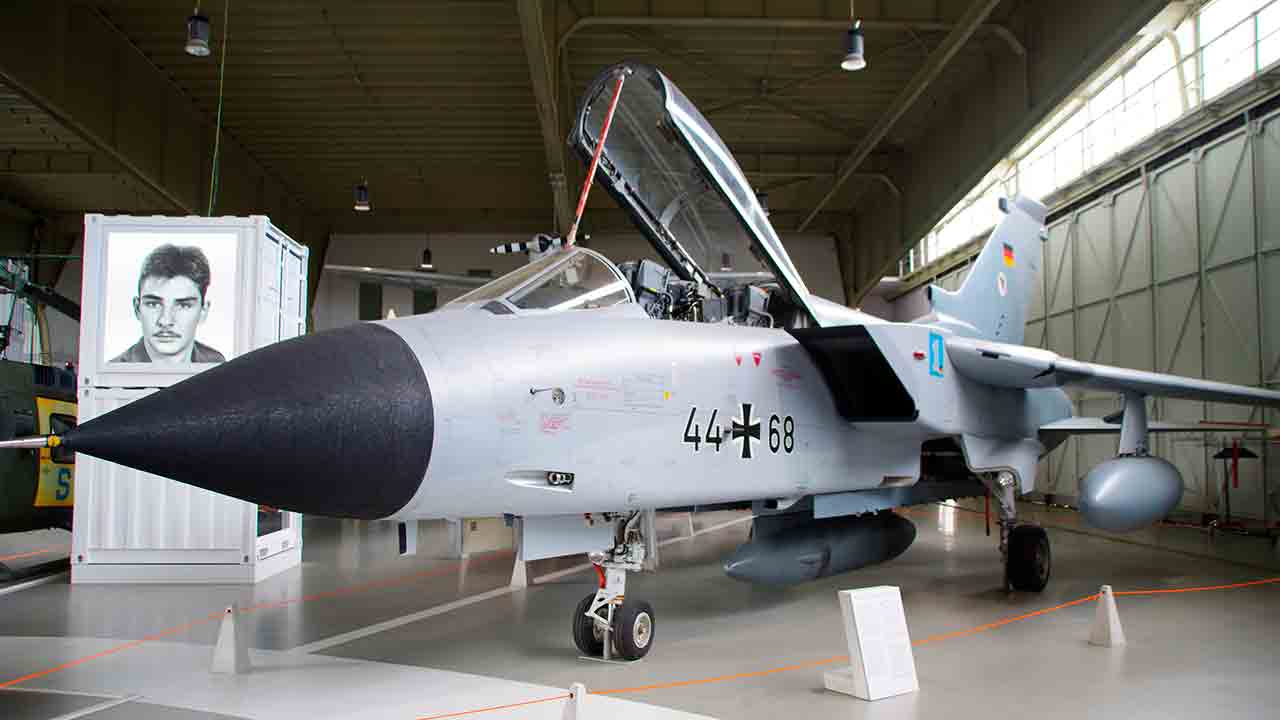Designed to fly low and fast, the Tornado Ids still plays an active role in some European air forces
Developed at the height of the Cold War, the Panavia Tornado Ids (Interdictor/Strike) is one of the most important fighter bombers in the history of European military aviation. The aircraft came from an ambitious trilateral consortium between Western Germany, the United Kingdom and Italy and was designed for deep-military emissions on enemy territory, operating at low height and under all weather conditions.
+ The end of an era: Italian Tornado combat aircraft make way for the F-35A Lightning II
Development and design
The MRCA program (Multi-Role Combat Aircraft) was officially launched in 1969, with British Aircraft Corporation (BAC), Messerschmitt-Bölkow-Blohm (MBB) and Aeritalia joined forces to set up Panavia Aircraft GMBH. The first flight took place on August 14, 1974 and the operational deployment started in the early 1980s.
The goal was clear: replacing outdated tactical attack aircraft and bombers, such as the English Electric Canberra, F-104 Starfighter and the Blackburn Buccaneer.
Capacities and technical data
The Tornado IDS was designed with a striking feature: variable wing geometry, allowing the device to adapt to speed and mission, and performed optimally at both under- and supersonic speeds.
- Staffing: 2 (pilot and system officer)
- Length: 16,7 m
- Span width: 8.6 m (folded wings) up to 13.9 m (folded out)
- Maximum speed: Mach 2.2 (approximately 2,400 km/h)
- Reach: up to 3,900 km with external fuel tanks
- The engine: 2 × Turbo-Union RB199-34R jet engines
- Weapon burden: up to 9,000 kg of armament (bombs, rockets, electronic pods)
- Fixed weapon: 1× 27 mm Mauser BK-27 kanon
Combat history
The Tornado Ids was deployed in various conflicts since its introduction. During the Gulf War of 1991, British and Italian planes carried out attacks on strategic goals in Iraq. The vulnerability of low flights led to losses, but also to improvements in electronic countermeasures and penetration tactics.
Other important commitment moments:
- War in Bosnia (1995) -NATO actions against Serbian goals
- War in Kosovo (1999) – nocturnal precision bombing
- War in Afghanistan – Air support and reconnaissance missions
- Campaigns against IS – performed by Raf and Luftwaffe
Versions and users
In addition to the IDS (conventional attack), other versions were also developed:
- Tornado ECR: Exploration and oppression of enemy air defense (SEAD)
- Tornado ADV: long -distance creator (mainly used by the RAF)
Today, the Tornado IDS has been taken out of service to the British Royal Air Force (in 2019), but is still deployed to a limited extent by the German Luftwaffe and the Italian Aeronautics Militare, especially for precision attacks and electronic warfare.
Heritage
The Tornado Ids was one of Europe’s first successful multinational aircraft projects and paved the path for later joint programs such as the Eurofighter Typhoon. With thousands of combat hours and decades, the Tornado has grown into one of the icons of Western tactical aviation in the second half of the twentieth century.
This content was made with the help of AI and checked by the editors.




